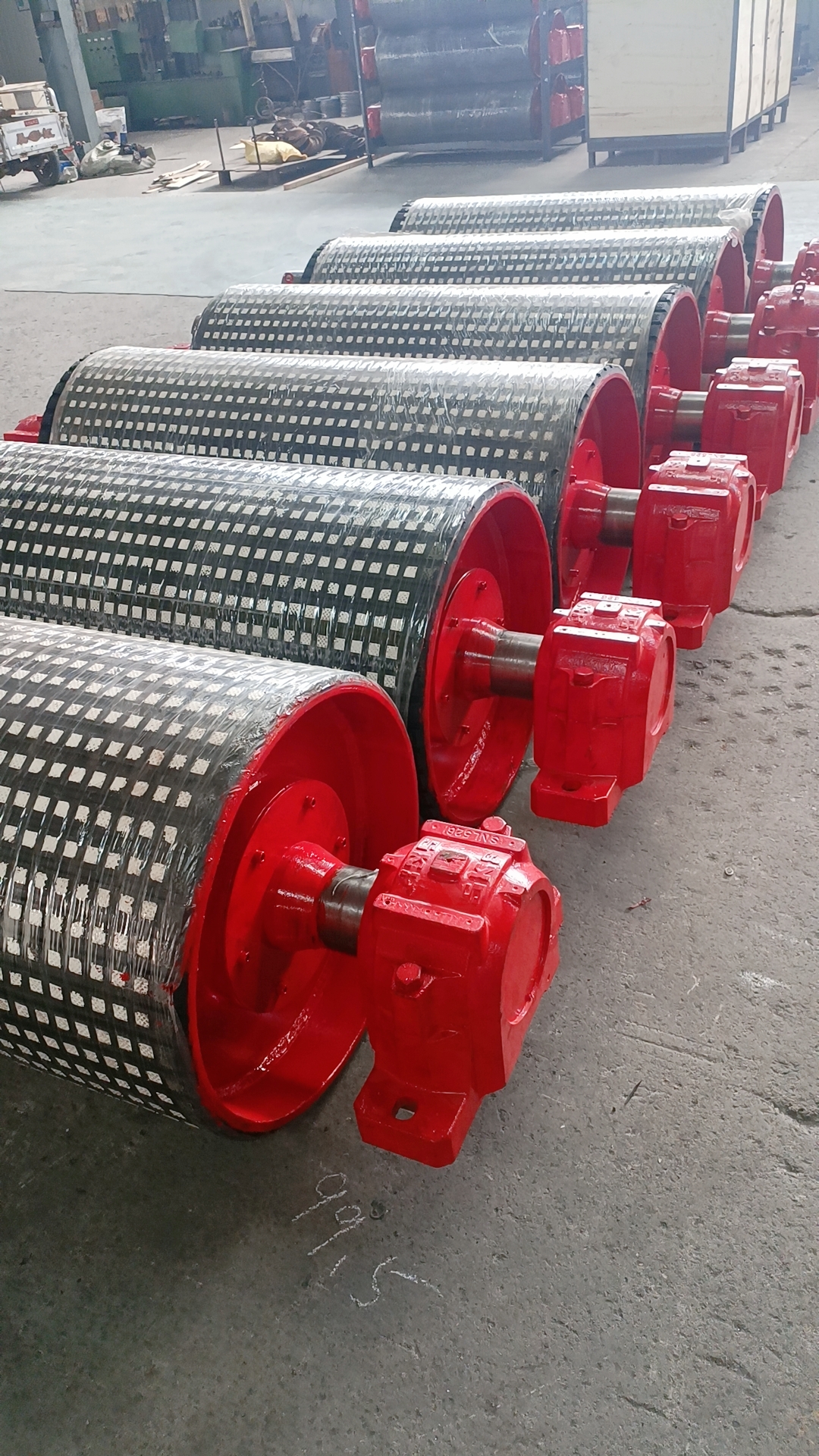 Afrikaans
Afrikaans  Albanian
Albanian  Amharic
Amharic  Arabic
Arabic  Armenian
Armenian  Azerbaijani
Azerbaijani  Basque
Basque  Belarusian
Belarusian  Bengali
Bengali  Bosnian
Bosnian  Bulgarian
Bulgarian  Catalan
Catalan  Cebuano
Cebuano  Corsican
Corsican  Croatian
Croatian  Czech
Czech  Danish
Danish  Dutch
Dutch  English
English  Esperanto
Esperanto  Estonian
Estonian  Finnish
Finnish  French
French  Frisian
Frisian  Galician
Galician  Georgian
Georgian  German
German  Greek
Greek  Gujarati
Gujarati  Haitian Creole
Haitian Creole  hausa
hausa  hawaiian
hawaiian  Hebrew
Hebrew  Hindi
Hindi  Miao
Miao  Hungarian
Hungarian  Icelandic
Icelandic  igbo
igbo  Indonesian
Indonesian  irish
irish  Italian
Italian  Japanese
Japanese  Javanese
Javanese  Kannada
Kannada  kazakh
kazakh  Khmer
Khmer  Rwandese
Rwandese  Korean
Korean  Kurdish
Kurdish  Kyrgyz
Kyrgyz  Lao
Lao  Latin
Latin  Latvian
Latvian  Lithuanian
Lithuanian  Luxembourgish
Luxembourgish  Macedonian
Macedonian  Malgashi
Malgashi  Malay
Malay  Malayalam
Malayalam  Maltese
Maltese  Maori
Maori  Marathi
Marathi  Mongolian
Mongolian  Myanmar
Myanmar  Nepali
Nepali  Norwegian
Norwegian  Norwegian
Norwegian  Occitan
Occitan  Pashto
Pashto  Persian
Persian  Polish
Polish  Portuguese
Portuguese  Punjabi
Punjabi  Romanian
Romanian  Russian
Russian  Samoan
Samoan  Scottish Gaelic
Scottish Gaelic  Serbian
Serbian  Sesotho
Sesotho  Shona
Shona  Sindhi
Sindhi  Sinhala
Sinhala  Slovak
Slovak  Slovenian
Slovenian  Somali
Somali  Spanish
Spanish  Sundanese
Sundanese  Swahili
Swahili  Swedish
Swedish  Tagalog
Tagalog  Tajik
Tajik  Tamil
Tamil  Tatar
Tatar  Telugu
Telugu  Thai
Thai  Turkish
Turkish  Turkmen
Turkmen  Ukrainian
Ukrainian  Urdu
Urdu  Uighur
Uighur  Uzbek
Uzbek  Vietnamese
Vietnamese  Welsh
Welsh  Bantu
Bantu  Yiddish
Yiddish  Yoruba
Yoruba  Zulu
Zulu Understanding the Functionality of Head and Tail Pulleys in Conveyor Systems
Head and Tail Pulley The Essentials of Conveyor System Arrangement
In industrial settings, the efficient movement of materials is crucial to enhancing productivity and ensuring operational efficiency. One of the key components in achieving this is the conveyor belt system, which utilizes head and tail pulleys to facilitate the continuous transport of goods. Understanding the functions and configurations of these pulleys can significantly impact the effectiveness of a conveyor system.
A head pulley is located at the discharge end of the conveyor belt system. It is typically positioned at the top of the conveyor, where the materials exit the system. The head pulley plays an integral role in driving the conveyor belt. It is usually powered by a motor that transmits its energy to the pulley, causing it to rotate. This rotation pulls the belt and the materials along with it, enabling them to be transferred to the desired location.
In contrast, the tail pulley is found at the loading end of the system. Its primary role is to support the return side of the conveyor belt and maintain proper tension on the belt. While the tail pulley does not drive the system, it is crucial for ensuring that the belt does not sag or become misaligned, which could lead to inefficiencies and increased wear. Typically, the tail pulley is equipped with an adjustable mechanism that allows operators to maintain the necessary tension and alignment.
head and tail pulley

The configuration of head and tail pulleys is critical in determining the overall effectiveness of the conveyor system. For instance, the angle at which the conveyor operates – whether inclined, declined, or horizontal – will influence the choice and arrangement of these pulleys. In applications where the conveyor operates on an incline, the head pulley is positioned to prevent the material from sliding back, while the tail pulley helps provide the necessary elevation to the belt.
Moreover, the materials being transported also dictate the design and materials used for the head and tail pulleys. For example, in environments where heavy or abrasive materials are handled, pulley surfaces may be covered with rubber or other protective layers to enhance grip and reduce wear. Additionally, pulleys are often designed with features such as crowned surfaces to help center the belt and reduce lateral movement, ensuring smooth operation.
Maintenance of head and tail pulleys is essential in prolonging the lifespan of the conveyor belt system. Regular inspection of the pulleys for wear, misalignment, and dirt accumulation can prevent unexpected breakdowns and increase productivity. Operators should also monitor belt tension, as improperly tensioned belts can lead to slippage or excessive stress on the pulleys, resulting in damage.
In conclusion, head and tail pulleys are fundamental components of any conveyor belt system, playing vital roles in the movement and management of materials. By understanding their functions, configurations, and maintenance, operators can optimize the performance of their conveyor systems, resulting in enhanced efficiency and lower operational costs. As industries continue to evolve and demand more sophisticated material handling solutions, the importance of properly designed and maintained head and tail pulleys will undoubtedly remain a key focus in achieving operational excellence.
-
Trusted Conveyor Solutions from Leading Conveyor Idler Roller ManufacturersNewsJun.27,2025
-
Reliable Return Idler Solutions for Efficient Belt Conveyor SystemsNewsJun.27,2025
-
Precision Conveyor Accessories for Streamlined Material HandlingNewsJun.27,2025
-
High-Quality Belt Conveyor Idler Solutions for Efficient Material HandlingNewsJun.27,2025
-
High-Performance Belt Conveyor Pulleys for Reliable Material HandlingNewsJun.27,2025
-
Enhancing Material Handling EfficiencyNewsJun.27,2025





























